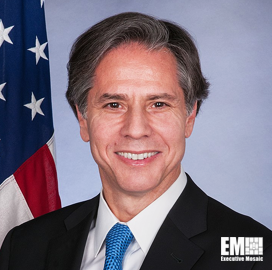The Transportation Security Administration has rolled out a reduced form factor-computed tomography system to screen carry-on baggage at smaller airports with constricted spaces.
TSA developed the technology in collaboration with the Department of Homeland Security and Massachusetts-based company Integrated Defense & Security Solutions under DHS’ Screening at Speed program, the department’s science and technology directorate said Tuesday.
The two agencies have worked over the past three years to replace advanced technology screening equipment with CT technology as part of aviation security and customer experience improvement efforts.
“The RFF-CT system is an opportunity to decrease size, weight, and power, making the system more adaptable to smaller security checkpoints common at regional airports,” said John Fortune, a program manager at DHS S&T.
Harry Reid International Airport in Las Vegas has begun using the technology.









